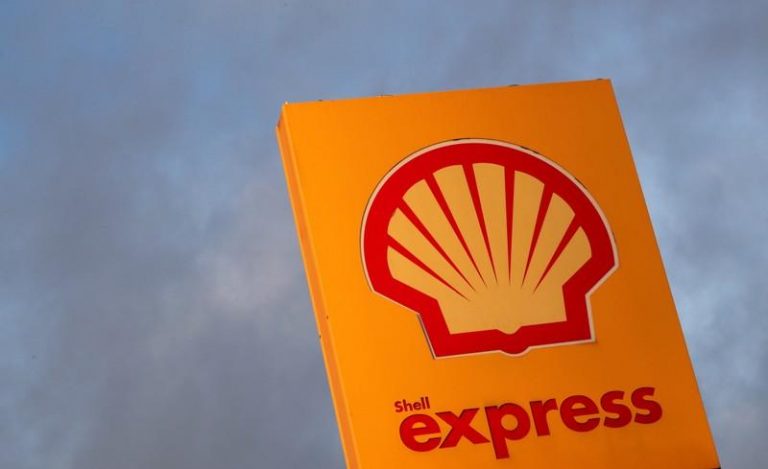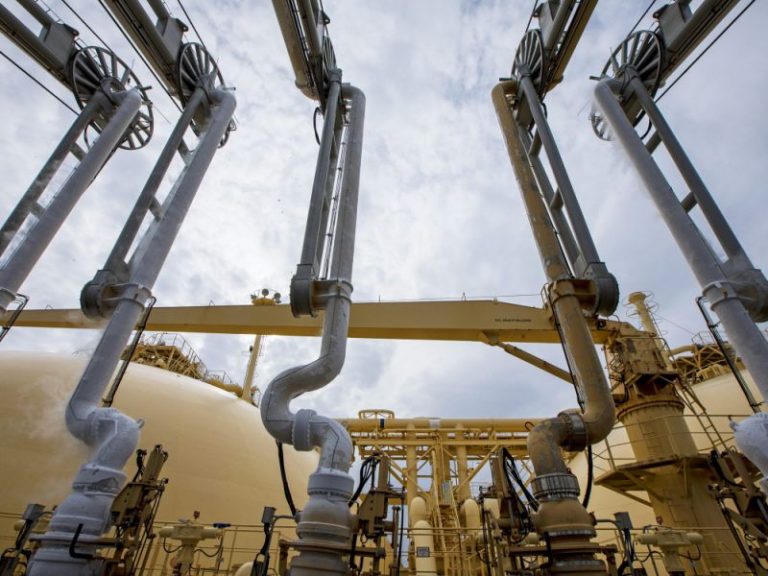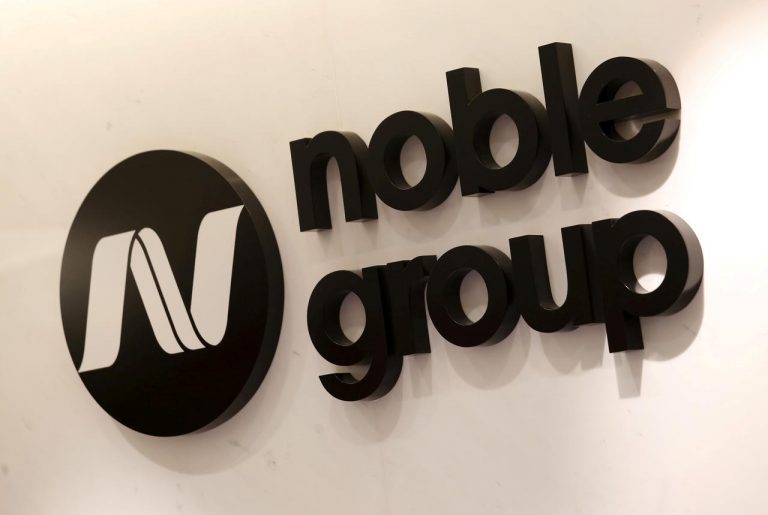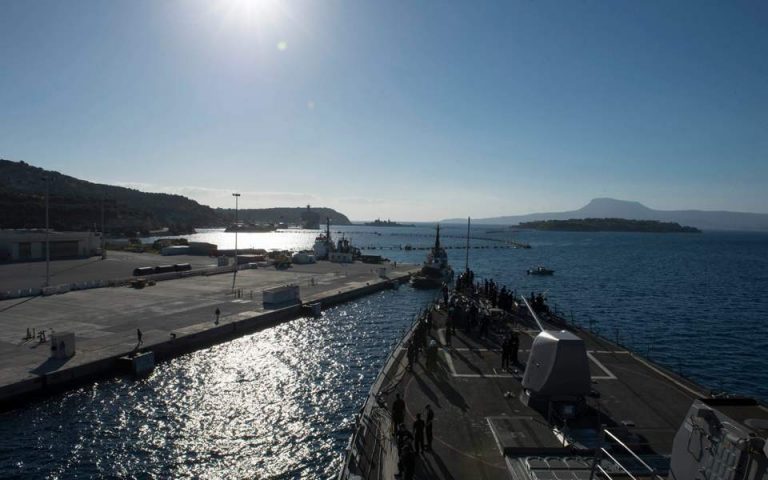Shell enters Australian power industry with ERM Power bid

MELBOURNE (Reuters) – Royal Dutch Shell has made its first foray into Australia’s highly competitive power sector with a A$617 million ($419 million) takeover offer for ERM Power Ltd, the country’s no.2 energy retailer to businesses and industry.
The deal would instantly give Shell a power supplier with almost a quarter share of the commercial and industrial retail market in Australia, second only to Origin Energy in that space. It will also get two gas-fired power stations.
Shell, already one of Australia’s biggest gas producers, wants to use its global scale in oil and gas to build a power business, as the world rapidly shifts toward cleaner energy. It plans to boost annual spending on the strategy to between $2 billion and $3 billion by 2025.
“This acquisition aligns with Shell’s global ambition to expand our integrated power business and builds on Shell Energy Australia’s existing gas marketing and trading capability,” Shell Australia’s Country Chair Zoe Yujnovich said in a statement.
ERM agreed to the offer, pitched at a big 43% premium to its last closing price, and recommended shareholders should accept it in a vote expected in November.
ERM’s founder and top shareholder, Trevor St Baker, who speaks for 27% of the company’s shares, said in a statement he would accept the offer of A$2.465 a share if no higher bid emerges.
Shell, which was advised by UBS, said Australia is one of the core markets for its new ‘Emerging Power’ theme, focused on strong growth in renewables to complement traditional fuels.
The ERM acquisition fits well with Shell’s recent takeover of German solar battery maker sonnen, which has a presence in Australia, giving Shell a small foothold in selling to households alongside ERM’s big business customers.
The power business will also give Shell another product to sell to its long established big fuel customers, like miners.
ERM Chief Executive Jon Stretch said there was little overlap with Shell’s existing business in Australia, so he expected most of ERM’s staff would remain with the business.
“It’s clear that there’s little in the way of overlap and cost synergies and the focus will be on combining for growth opportunities,” he told reporters on a conference call.
ERM’s shares soared to a four and a half-year high of A$2.50 after the bid was announced and last traded at A$2.44, just below the offer price, indicating investors don’t expect a higher offer to emerge.
The company on Thursday reported underlying earnings of $90.5 million for the 2019 financial year, down 7% from a year earlier, as sales fell 8% to 17.7 terrawatt hours (TWh) of power. It forecast sales would grow to 18.5 TWh this year.
Origin Energy, which also reported its results on Thursday, said it was undaunted by the pending entry of Shell in power retailing, saying Origin has managed to grow its share of commercial and industrial customers even with ERM as a strong competitor to date.
“It continues to be a competitive market. It’s hard to anticipate what they may do differently,” Origin Chief Executive Frank Calabria told Reuters in an interview.
https://www.reuters.com/article/us-erm-power-m-a-shellenergyaustralia/shell-enters-australia-power-industry-with-419-million-bid-for-erm-power-idUSKCN1VB2L1








